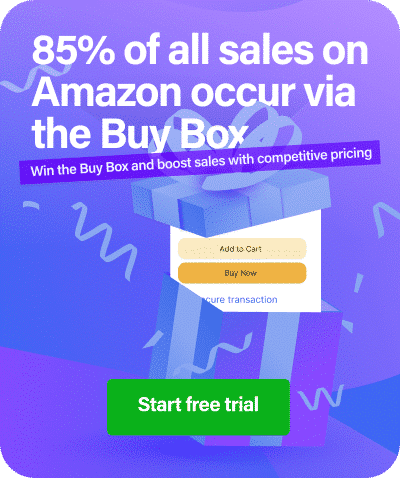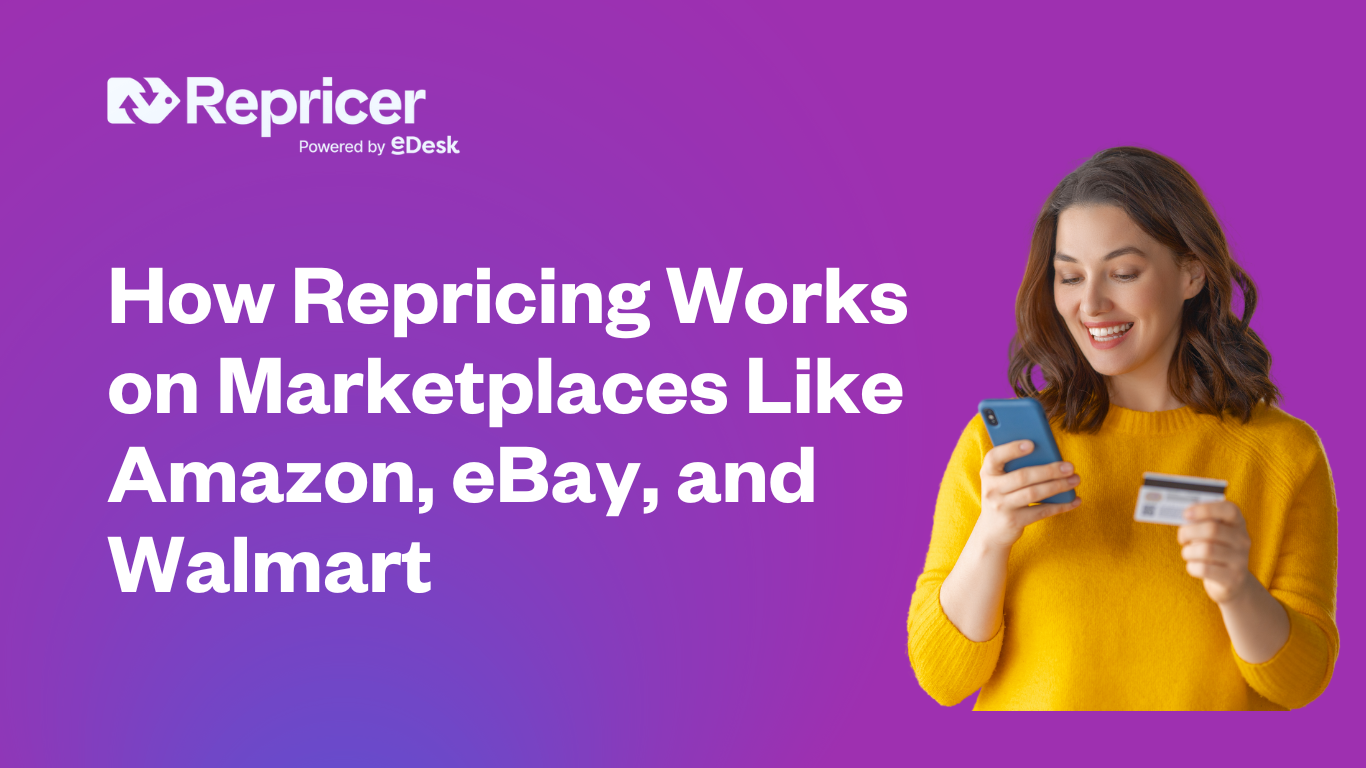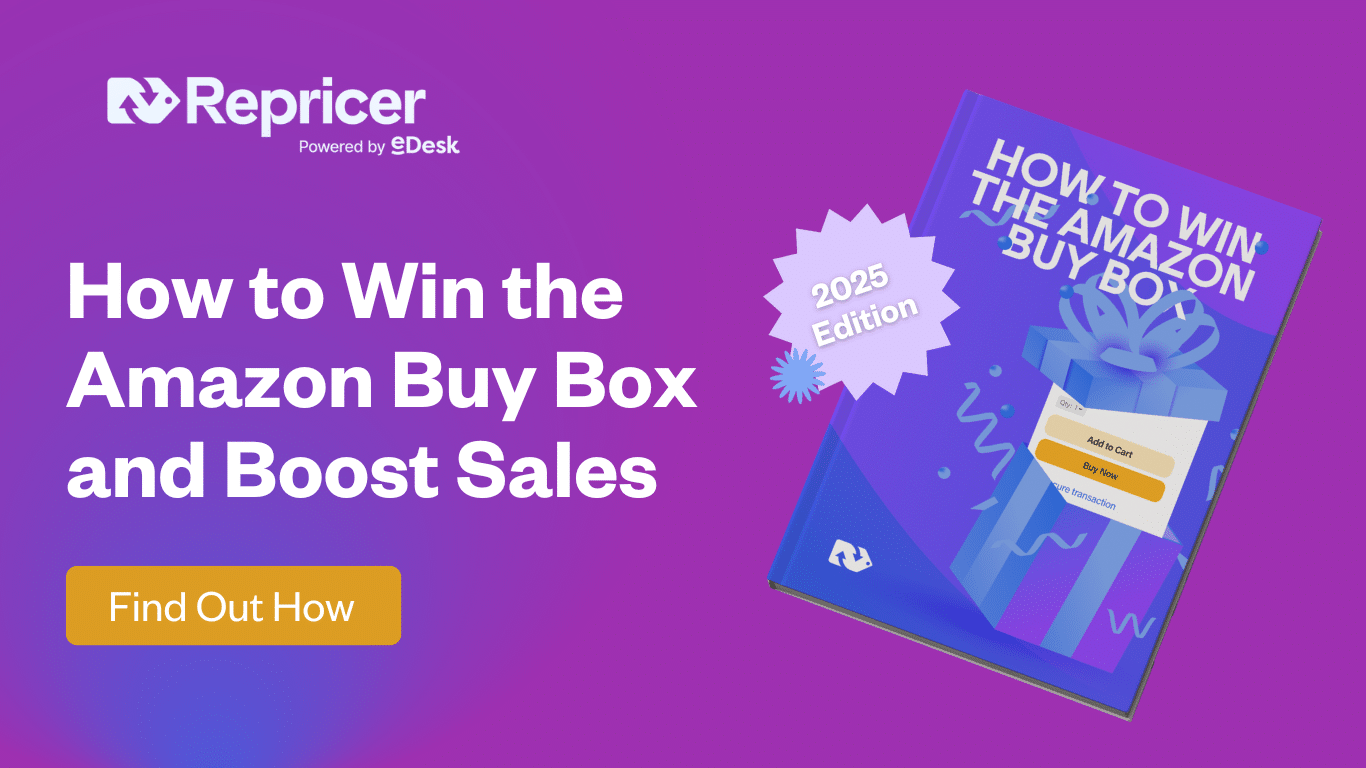Ecommerce is big business, and it’s fair to say that most online sellers start-up in the simplest way possible – by selling products through a single sales platform – typically a website or a marketplace such as Amazon or eBay. It’s without doubt, the easy way to get started and efficiently keep track of promotions and sales, without becoming overwhelmed.
However, unlike sellers, buyers rarely stick to one marketplace when they are looking to purchase a product. They may be somewhat ‘loyal’ to or have a preference for one online retailer over another, but at the very least the discerning buyer will do some research before they make a purchase.
It’s for this reason that when it comes to a successful ecommerce business, sellers must consider branching out. Without this strategy, there is a genuine possibility that product visibility will suffer. That old adage: “Never put all your eggs in one basket.” may be a cliché, but it’s true.
And this is where multichannel selling is significant if you are running an ecommerce business.
But let’s start at the beginning.
What is Multichannel Selling?
You may have heard the term ‘multichannel selling’ on your internet travels, and while it sounds a bit technical, it’s actually just a reference to the practice of selling your products through more than one sales venue.
For example, you may currently sell only on Amazon, but if you start listing on eBay too, that’s multichannel selling.
It’s all about getting your products out there, beyond your main venue, whether that’s your website or a third-party platform, and utilizing other channels such as social media selling, marketplaces and comparison search engines so that you reach a good mix of potential customers.
Multichannel selling means that you can offer your products to customers through a choice of methods. In an ideal world, this would be online and offline and include telephone or mail ordering options. However, for the ecommerce entrepreneur this may not always be possible. Still, you must implement some kind of sales strategy across multiple channels to maximize your reach to prospective customers. And of course, with reach, comes that wonderful opportunity to make more sales.
Why Choose Multichannel Selling?
The entire goal of multichannel selling is to offer customers a choice so that they can purchase from wherever they want to and with ease.
For example, if a buyer is looking for a product and you happen to sell that product on eBay, but their preferred choice is to buy from Amazon, then if you’re not listing on Amazon, you’re likely to miss that sale. This is particularly likely if you operate in a high competition niche.
Ask yourself: Do my products actually show up when customers search for them online and where exactly do they appear?
- Search Engines
- Google Shopping
- Amazon
- eBay
If they only appear in some of these searches, or they don’t appear in any of these searches, then you’re not maximizing your reach or even attempting to win business!
It’s a straightforward sum:
Your Product + Multichannel Selling = More Sales
That said, remember too that not every channel will be suitable for your eCommerce business or products, mainly if you rely on having a very recognizable brand. Some marketplaces will prioritize their own branding over yours.
The benefits of multichannel selling can certainly outweigh any downsides, though, especially if your audience is very niche or your primary strategy is to sell your product in high volumes.
7 Best Sales Channels for Multichannel Selling
There are many sales channels to choose from, but some stand out over the others. To spread your eCommerce business around you should choose a combination of the most popular options:
- Website
- Amazon
- eBay
- Social Media
- Etsy
- Google Shopping
- Craigslist
1. Website
If you don’t have a website, get one! You’ll be entirely in charge, and it’s a prime opportunity to promote your brand. A website can be expensive to set up, so choose Shopify or a similar solution for ease. Don’t forget that you’ll need to market your website too.
2. Amazon
This is an excellent platform with a good reputation and so perfect for products with mass appeal such as electrical, baby or pet items. You’ll get instant credibility and reach a considerable audience effortlessly, plus you can sell internationally. Be aware that if you sell unique or vintage products, Amazon is not the best channel to consider.
3. eBay
Here is another very well-known venue offering a fixed price or auction sales option. The auction option is useful if you sell rare, vintage or collectible items, fixed price is better for consumer products. Like Amazon, international selling is possible. Watch out for low prices on eBay as it has a reputation as a ‘bargain basement’ site.
4. Social Media
Facebook has introduced the option to sell through a dedicated marketplace similar to classified listings, known as the ‘marketplace’ while Instagram and Pinterest allow links, swipes and promotions of products on listings and stories. Utilizing social media requires customer engagement and a level of followers, and in the case of Facebook, may only reach localized buyers. So, your reach may not be as powerful as you would like. Bear in mind that social media selling is used mostly by individuals rather than businesses.
5. Etsy
Here you’ll discover a highly targeted audience looking for products that are quirky, handmade, vintage or unique. You may have a tough time selling general products here as it is extremely niche.
6. Google Shopping
While Google appears to be the ‘go-to’ search engine, price-savvy shoppers head to Google Shopping first. It’s a good choice as part of your multichannel strategy, especially if you are selling a competitive product. This is because you are likely to attract customers seeking the ‘best price’. If your products are luxury or unique, it’s not the best option.
7. Craigslist
Most commonly used as ‘buying and selling’ site for pre-owned goods, Craigslist is suited to electronics and general mass-produced items. With no protection in place for buyers or sellers, it should be considered with caution.
Listed are just seven possibilities for you to consider. But with so many options and the opportunity to reach far more customers with multichannel selling, how do you decide which online sales channels are the right ones for your ecommerce business?
Multichannel Selling: 10 Things to Consider
Remember, not all channels will be suitable for your business. You must narrow it down to those that make the most sense for your products, your brand and your audience.
Start by considering these factors:
- Do you manufacture your own products with a strong brand?
- Do you sell luxury items?
- Do you dropship your products?
- Are you prepared to pay a fee to a third-party provider?
- How is your cash-flow? Can you wait for payment of goods at auction?
- Where does your target audience specifically hang out?
- Is your product designed for a mass audience, or is it very niche or unique?
- Do you sell vintage, personalized, customized or unique products?
- Are your products already popular?
- Do you want to grow your business?
These ten questions are all super important for you to identify which sales channels are going to work best for you and your business.
For example, if your profit margins are tight, there is no point choosing to sell on Amazon or eBay as you will be required to pay the fees that come with the use of the platform and the enormous reach and reputation that come with it.
So, in a nutshell, you’ll need to find the best fit for your business and products, and this is worth spending time over because multichannel selling has significant benefits.
What are the Benefits of Multichannel Selling?
Right now, ecommerce is a playground for consumers, and they are shopping around. The choice for shoppers is enormous, both online and offline, so your products must be consistently visible.
You should bear in mind that when a consumer sees your product for the very first time, they may not quite be ready to purchase. Unless it’s an impulse buy (usually a throw-away product worth under $20), they will browse, read reviews and compare pricing before they add the product to the cart. Even then, they may not click the Buy button immediately!
So, it’s crucial that you, as the seller, understand how your buyer thinks, consider their journey and utilize multichannel selling so that you have the edge over your competition. Then you will start to see these benefits.
1. Increase in New Customers and Sales
By being visible on multiple channels, you stand to double your sales. Greater exposure, of course, means more sales, and by putting your products in front of as many people as possible, you provide an opportunity for more people to buy from you! The potential is there to reach a whole new audience.
2. Reduced Risk
By spreading your business across multiple channels, you protect yourself should one channel cease to be viable. It’s precisely the same as if you were to spread your investments out across numerous assets.
3. Increased Visibility and Brand Recognition
Pretty much everyone owns a mobile device these days so there’s no limit to where consumers can browse, discover, compare and purchase products. The more places you are visible, the more people come to recognize your brand and your products and subconsciously start to trust and warm to what you are offering.
4. Reach your Audience More Easily
Just like brand recognition, the more well-known places you have visibility, the further your reach. For example, as a small ecommerce business, the massive scope of a marketplace like Amazon will help you achieve substantial extra exposure.
5. Increased Number of ‘Touch’ Points
With more shopping options, there is more chance of a purchase. For example, a customer may see your product on your website, leave to do some research and then discover your product on Amazon, where they make the purchase! By increasing engagement points, sales will increase.
6. Learn About Your Customers Habits
By multichannel selling, you’ll really start to understand where your target audience prefers to shop. You might discover that your ideal customer is all over Amazon but prefers not to purchase via eBay. Now you have data that allows you to introduce targeted marketing and increase brand awareness.
Are There Disadvantages to Multichannel Selling?
While the advantages of multichannel selling are significant, as with most things, there will always be some disadvantages too. Without a doubt, multichannel selling has the power to increase your exposure, but your expenditure may also increase.
Here’s what you need to be aware of:
1. Increase in Listing and Sales Costs
Most new platforms you choose to list your products on will involve some sort of fee – either a listing fee, selling fee or both. You’ll also have increased shipping costs to consider, so if you offer free shipping, take this extra outgoing into account.
2. Increase in Storage and Fulfilment Costs
By expanding your reach and completing more sales, you will need more stock to hand, which may require extra storage facilities for larger quantities of stock. Likewise, to work efficiently across multichannels you may need to consider investing in sales or multichannel software or additional staff to ensure orders are fulfilled on time.
3. The Time Factor
Multichannel selling can be highly rewarding, but also very complicated, mostly because you will find yourself juggling your inventory, fulfilling increased orders and working more closely with suppliers. You will likely need to spend time refining the processes of your business to ensure that multichannel selling doesn’t impact your efficiency.
Of course, you could argue that as you will be enjoying more sales, most of these costs will be covered. This could be the case, but you must calculate your figures before making the decision to expand into other channels.
So, how can you get the most out of multichannel selling?
3 Multichannel Selling Sales Boosting Tips
1. Devise a Strategy for Each Sales Channel
Customers don’t all behave in the same way on every sales channel, so you must understand the difference between a customer purchasing through Google Shopping and a customer purchasing through your website for example.
In this case, Google Shoppers are generally looking to compare prices and want a good deal. Visitors to your website will be more concerned with your reputation, delivery times and a quality experience.
You’ll need to analyze each channel to work out the best strategy for each, so choose one channel at a time. Optimize your listings and then once you’ve built the process up for that channel, move onto the next. It’s not a ‘one size fits all’ strategy.
2. Adjust Your Prices for Each Sales Channel
Just like customer behaviour, your prices will differ per channel. You’ll need to consider additional fees and costs and build them in, but you’ll also need to be aware of the competition in your market. It’s essential to remain competitive, but there’s no reason why you shouldn’t adjust your pricing to fit your customer’s behaviour. It’s for this reason you’ll often see differing prices for products advertised in different places online.
3. Consider Using Multichannel Software
If you intend to sell on a large number of channels, you may wish to consider a dedicated multichannel software to keep control of all your stock and processes. From one interface, you can manage all your sales channels at once. This will allow you to:
- Minimize errors
- Increase profitability
- Save time
- Stay in control
If you’re just branching out into multichannel selling, the additional expenditure won’t be required initially, but it’s an option to consider as you continue to expand your business.
Final Thoughts
It’s relatively easy to expand to other channels, but ultimately there are pros and cons. The ideal route is to utilize several channels, not least because you’ll spread the risk. Multichannel selling is necessary for achieving maximum reach and the continued growth of your business.
Think carefully about which options are best for your business in the long run. Your business model, goals, target audience and product type are all critical factors in determining which channels will work best.
Repricer.com is the fastest Amazon repricer on the market and a proud member of Amazon’s Marketplace Developer Council. Try repricing free for 14 days and increase your profits on Amazon, eBay, Walmart, Shopify and more.





